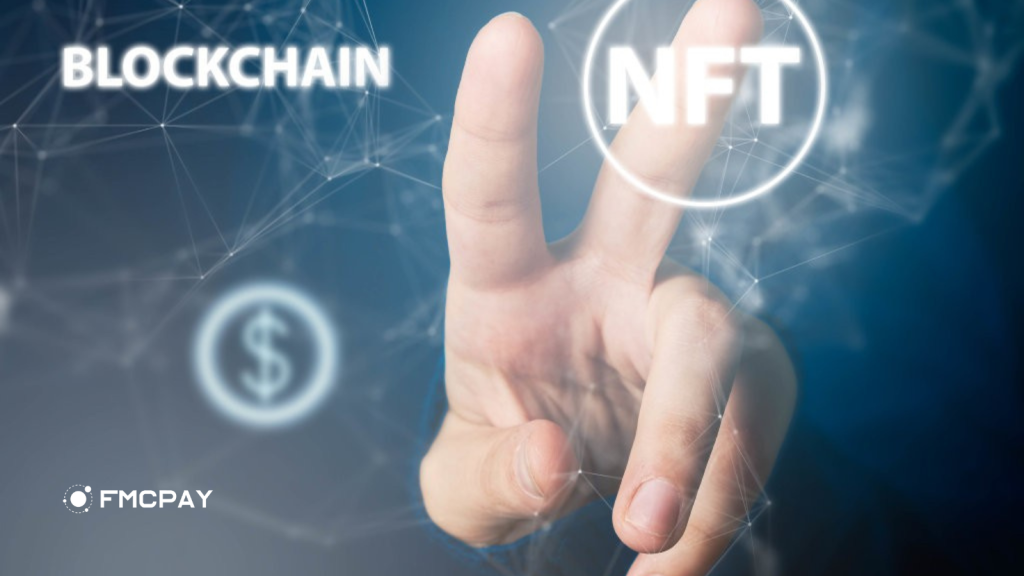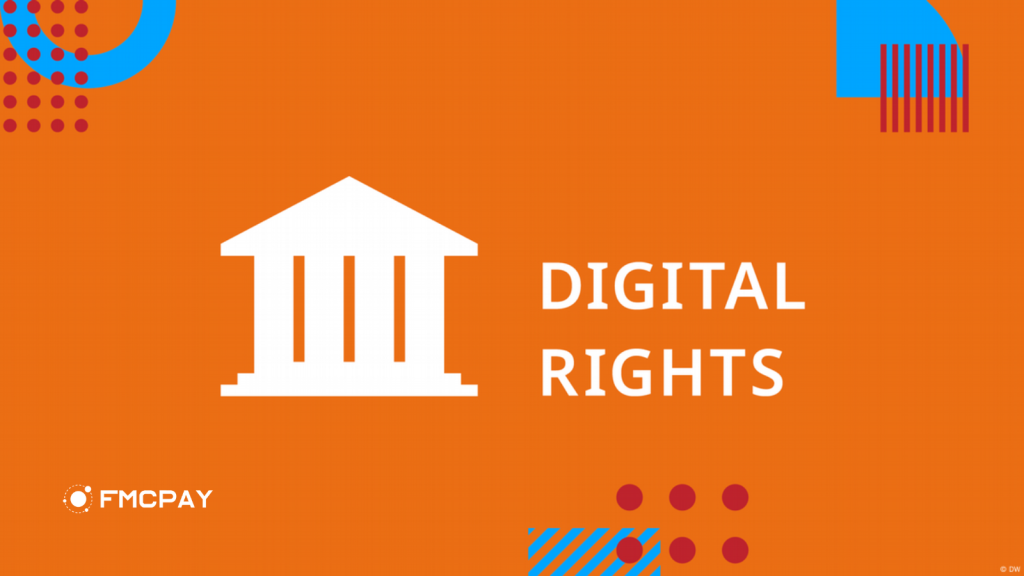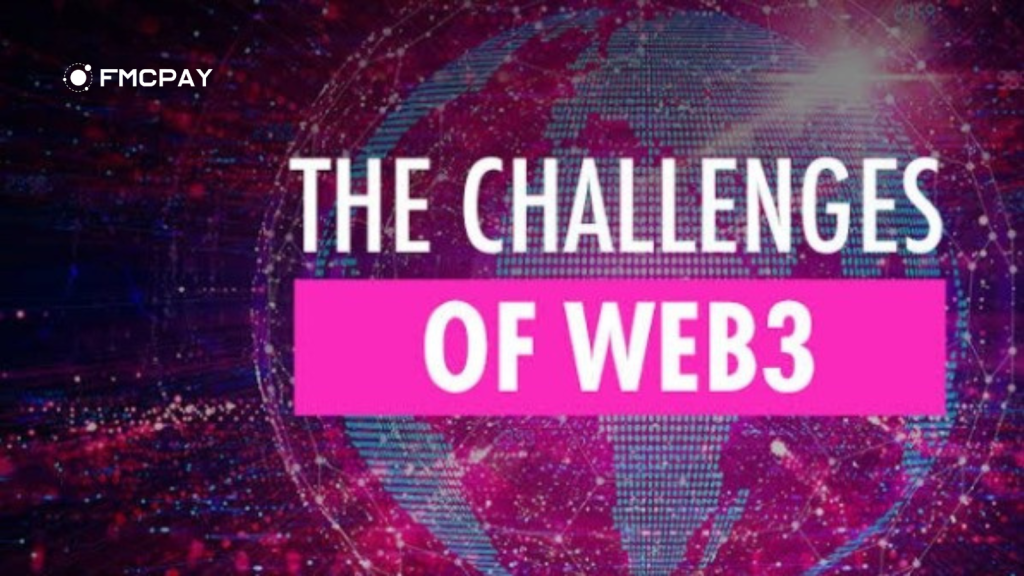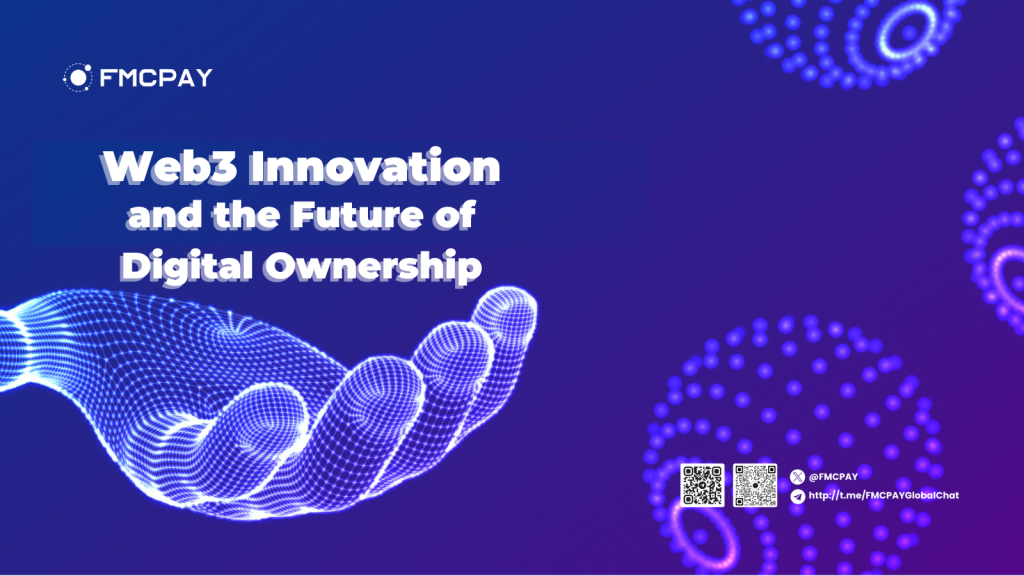Web3 innovation is fundamentally transforming the traditional concept of digital ownership. Leveraging decentralization, blockchain technology, and digital tokens, Web3 creates a new, transparent, secure, and user-centric paradigm for the digital economy.
This shift not only grants individuals unprecedented control over their digital assets but also redefines interactions between creators, platforms, and users, fostering a fairer, more equitable online ecosystem. As adoption accelerates, Web3 innovation promises to democratize ownership, protect user privacy, and reshape economic relationships across various industries.
1. Understanding Web3 Innovation
Web3 innovation encompasses a transformative set of decentralized technologies that aim to shift power from centralized authorities back to individual users. This innovative framework includes blockchain technology, Non-Fungible Tokens (NFTs), decentralized identity (DID), and distributed storage solutions. Web3 seeks to build an internet where users maintain greater autonomy, ownership, and privacy over their digital lives, fundamentally redefining the way digital assets and information are created, exchanged, and managed.
- Blockchain and NFTs: Blockchain technology forms the backbone of Web3 innovation, providing secure, transparent, and tamper-proof digital ledgers. NFTs, built upon blockchain, uniquely identify digital assets such as art, music, and virtual properties enabling verifiable ownership and trade without intermediaries.
- Decentralized Identity (DID): Decentralized Identity systems grant users direct control over their personal data, reducing dependence on centralized platforms. DID enhances privacy, security, and autonomy, marking a significant departure from Web 2.0’s centralized identity management.
- Distributed Storage Systems: Web3 innovation also includes decentralized storage platforms like the InterPlanetary File System (IPFS). These systems distribute data storage across multiple nodes, ensuring greater resilience against censorship, data loss, and central points of failure.
2. How NFTs Are Changing Digital Ownership
NFTs have rapidly become one of the most transformative elements of Web3 innovations, significantly impacting how digital ownership is perceived and practiced. Over the years, NFTs have captured global attention, redefining traditional concepts of asset ownership by assigning unique digital identities to virtual items. This breakthrough is revolutionizing numerous sectors, including art, entertainment, gaming, and digital commerce, by fostering a decentralized economy that values authenticity, rarity, and transparency.

2.1. Unique Digital Assets
NFTs make it possible to authenticate and own distinctive digital assets ranging from artwork and music recordings to virtual real estate and rare collectibles. Before NFTs, digital items typically lacked intrinsic value due to easy replication. Now, thanks to Web3 Innovation, each digital asset represented by an NFT has a unique identifier stored on the blockchain. This innovation ensures scarcity, secures value, and creates entirely new opportunities for collecting, trading, and investing in digital goods, thus reshaping consumer behavior and market dynamics in the digital era.
2.2. Blockchain Technology and Immutable Ownership
Blockchain technology, a core component of Web3 Innovation, underpins the reliability and security of NFTs. Each NFT is recorded on a decentralized blockchain ledger, ensuring immutable proof of authenticity and transparent ownership history. By leveraging the decentralized nature of blockchain a hallmark of Web3 Innovation NFTs eliminate the risks of fraud, duplication, or loss typically associated with centralized digital records. This provides creators, collectors, and investors with confidence in their digital assets’ permanence, authenticity, and security.
2.3. Empowering Creators through Web3 Innovation and NFTs
One of the most significant impacts of NFTs, driven by Web3 Innovation, is their ability to empower creators economically and artistically. NFTs enable creators to sell directly to consumers without intermediaries, dramatically increasing their earning potential. Furthermore, Web3 Innovation through NFTs allows creators to embed smart contracts, ensuring they continue earning royalties from secondary market sales. This development fosters a fairer digital economy where artists, musicians, and creators benefit sustainably from their work, redefining creative industry norms.
3. Decentralized Identity: Empowering Users
Decentralized Identity (DID) is emerging as a crucial component of Web3 Innovation, fundamentally changing how digital identities and personal data are managed. Unlike traditional digital identity systems that rely heavily on centralized entities such as social media platforms and tech corporations, DID systems return control directly to users, empowering individuals in the digital space.
3.1. Enhancing User Control
Central to DID’s significance within Web3 Innovation is the shift toward user-owned identities. Users maintain complete ownership over their identity credentials, personal information, and data sharing permissions. By eliminating centralized intermediaries, Web3 Innovation via DID reduces the risks of identity theft, data misuse, and unauthorized surveillance, giving individuals the power to selectively reveal information based on their own discretion and consent.
3.2. Privacy and Security Advantages of Decentralized Identity
A key advantage of DID systems within Web3 Innovation is significantly improved privacy and security. With identities secured through blockchain technology, users benefit from tamper-resistant records that protect against fraud and breaches. Moreover, decentralized storage of identity information further secures data against hacking or centralized points of failure, aligning with global demands for stronger data protection measures.
3.3. Aligning Web3 Innovation with Digital Rights and Global Standards

DID systems not only enhance individual privacy but also reflect broader global concerns about data protection and digital rights. By enabling transparency and user autonomy, Web3 Innovation through decentralized identity aligns closely with emerging regulatory frameworks such as GDPR and various privacy-focused initiatives. This alignment positions DID as a sustainable, forward-looking solution for managing personal data responsibly and ethically in the digital age.
4. Decentralized Storage: A New Standard for Digital Content
Decentralized storage solutions represent a significant breakthrough within Web3 Innovation, fundamentally transforming how digital content is stored, accessed, and secured. Moving away from traditional centralized servers and cloud providers, decentralized storage leverages peer-to-peer networks to distribute and secure data, setting new standards for reliability, security, and ownership in digital content management.
4.1. Introducing IPFS: A Web3 Innovation in Action
A prominent example of decentralized storage is the InterPlanetary File System (IPFS), a revolutionary storage method championed by Web3 Innovation. IPFS stores and retrieves content across multiple nodes in a distributed network, eliminating central points of failure. This decentralized approach ensures that digital content remains consistently accessible, even if certain nodes fail or are censored, significantly enhancing content availability and resilience.
4.2. Enhancing Security and Resilience Through Decentralization
Decentralized storage solutions provided by Web3 Innovation offer substantial improvements in security and data resilience. Unlike centralized systems that pose risks of single-point failures, hacking, or censorship, decentralized storage disperses data across a vast network of nodes. This structure greatly reduces vulnerability to cyber-attacks, unauthorized data alterations, and systemic outages, ensuring content remains secure, intact, and reliable.
4.3. Empowering Users and Creators with True Digital Ownership
Through decentralized storage solutions, Web3 Innovation delivers genuine data ownership directly to content creators and users. Decentralized storage grants individuals complete control over their digital assets without dependence on third-party hosting providers, thus removing risks related to censorship or unilateral removal of content. This level of autonomy aligns perfectly with the broader vision of Web3 Innovation, fostering greater transparency, fairness, and user empowerment in managing digital content.
5. Challenges Facing Web3 Innovation
Scalability remains one of the most pressing technical hurdles faced by Web3 Innovation. As blockchain networks grow, the increasing volume of transactions often results in slower processing times, higher transaction fees, and overall network congestion. Popular blockchains like Ethereum have experienced significant performance bottlenecks, highlighting the urgent need for scalable solutions. Industry experts recognize that overcoming these scalability issues through Layer 2 protocols, such as rollups or sidechains, and the exploration of alternative blockchain architectures, is vital. Successfully scaling blockchain systems is essential for the widespread adoption and seamless user experiences necessary for Web3 Innovation to reach its full potential.

5.1. Complex User Experiences Impacting Web3 Adoption
Another critical challenge to widespread adoption of Web3 Innovation lies in user experience complexities. Currently, many decentralized applications (dApps) and platforms require technical proficiency, creating substantial barriers for mainstream users. Complex processes involving wallet setups, private keys management, and confusing blockchain terminology often discourage new users. Industry leaders highlight the importance of intuitive and streamlined interfaces, along with educational initiatives that simplify onboarding processes. Improving usability by adopting familiar web conventions and integrating seamless user journeys will significantly broaden user participation and accelerate mainstream acceptance of Web3 Innovation.
5.2. Regulatory Uncertainty Affecting Web3 Innovation
As blockchain technologies, cryptocurrencies, NFTs, and decentralized platforms continue to gain popularity, governments and regulators worldwide struggle to keep pace. This uncertainty leads to inconsistent regulatory frameworks, potentially inhibiting innovation, investment, and user confidence. Industry advocates emphasize that clear, transparent, and globally consistent regulations are necessary to provide legal clarity and safeguard users. Policymakers and innovators must collaborate closely to establish balanced regulatory environments that nurture innovation, protect users, and facilitate responsible adoption of Web3 Innovation across international markets.
5.3. Interoperability Challenges
Interoperability the ability of diverse blockchain networks and Web3 applications to seamlessly interact is another ongoing challenge. Currently, many Web3 ecosystems operate independently, hindering the free flow of assets and data between different blockchains. This lack of interoperability limits user experience, restricts platform versatility, and creates friction in the broader adoption of decentralized solutions. To maximize the benefits of Web3 Innovation, the industry must develop standardized protocols and cross-chain technologies that allow seamless interaction between distinct blockchain environments. Achieving interoperability will significantly enhance the efficiency, usability, and reach of decentralized applications, driving broader adoption and ecosystem growth.
5.4. Security and Trust Concerns
Security remains a paramount concern in Web3 Innovation, given its decentralized nature and reliance on smart contracts and blockchain technologies. Although blockchain is inherently secure, vulnerabilities in smart contracts, coding errors, and user mismanagement of private keys continue to expose users and platforms to risks. High-profile incidents involving hacks, exploits, and asset theft have underscored the critical need for robust security protocols and rigorous code auditing. Building trust through enhanced security measures, comprehensive audits, and transparent community governance is essential for fostering long-term confidence in Web3 Innovation and driving broader user adoption.
Conclusion
Web3 Innovation signifies a fundamental transformation in digital ownership, introducing unprecedented levels of transparency, security, and fairness to the digital economy. By empowering users, decentralizing control, and redefining how digital assets are created, managed, and exchanged, offers a promising vision for a more equitable digital future.
However, realizing the full potential of Web3 Innovation depends heavily on overcoming critical challenges, including scalability limitations, regulatory uncertainties, complex user experiences, interoperability barriers, and security vulnerabilities. Collaborative efforts among developers, industry leaders, regulators, and the broader community will be vital in addressing these issues.
As these obstacles are systematically resolved, Web3 Innovation is poised to reshape the digital landscape profoundly. Users, creators, and consumers alike will experience greater autonomy, ownership rights, and economic opportunities, fostering an inclusive and transparent online environment aligned closely with decentralization and user empowerment.Don’t miss out on expert insights, trend analysis, and the latest innovations in Crypto Trading Bots and blockchain tech. Visit FMCPAY News today to explore more articles like this and empower your trading journey with knowledge.


